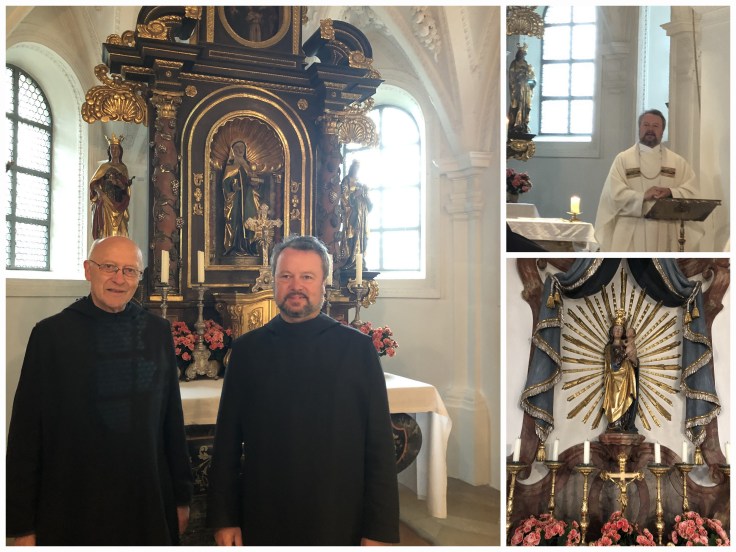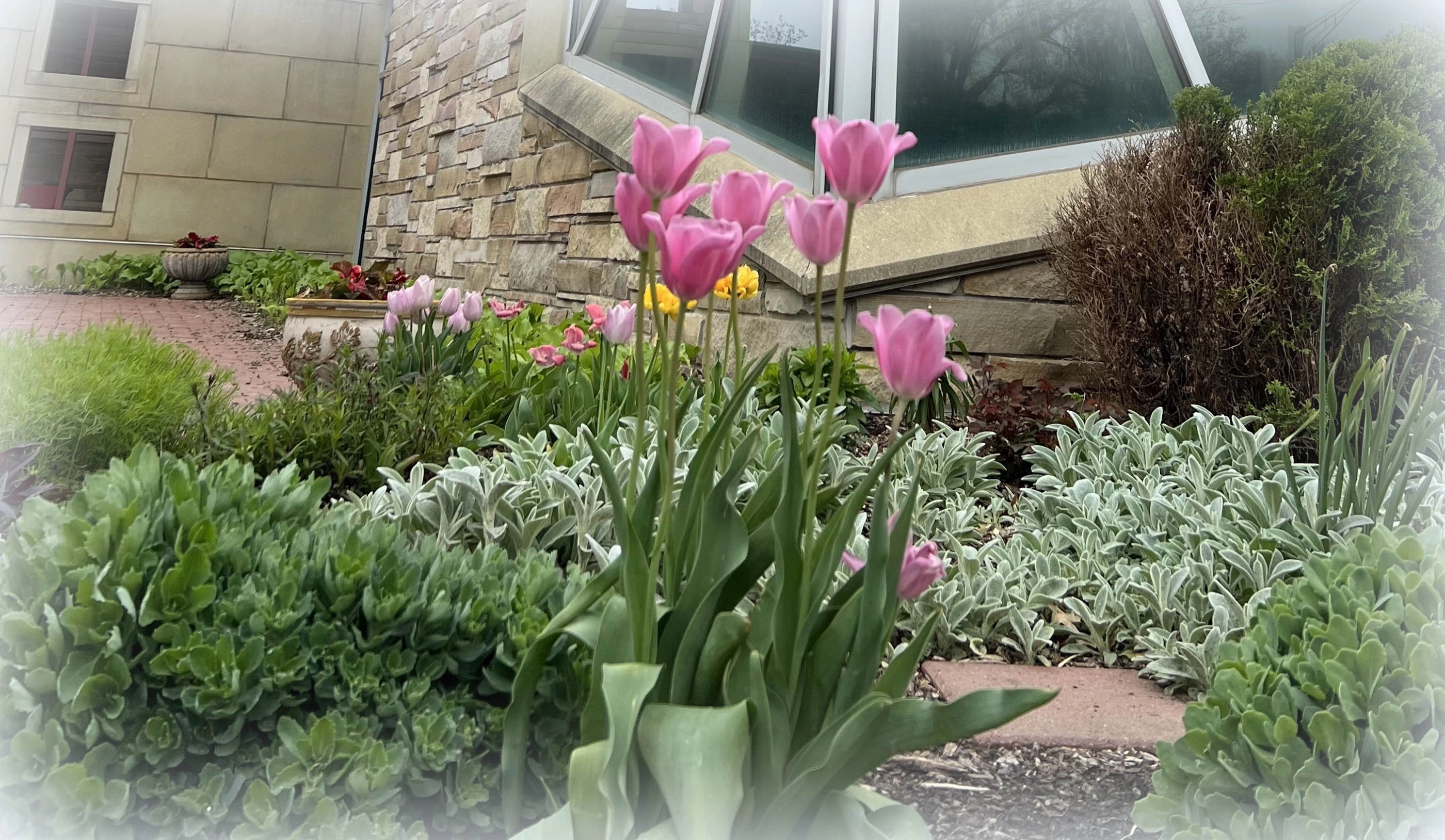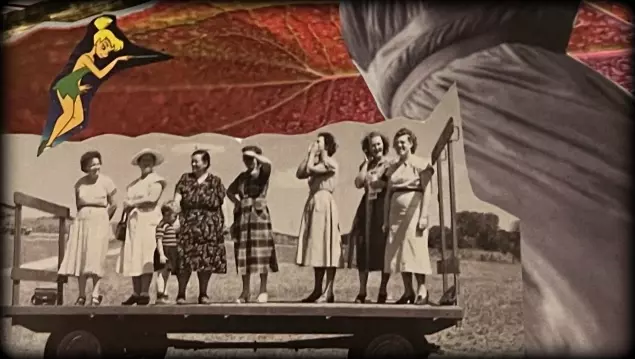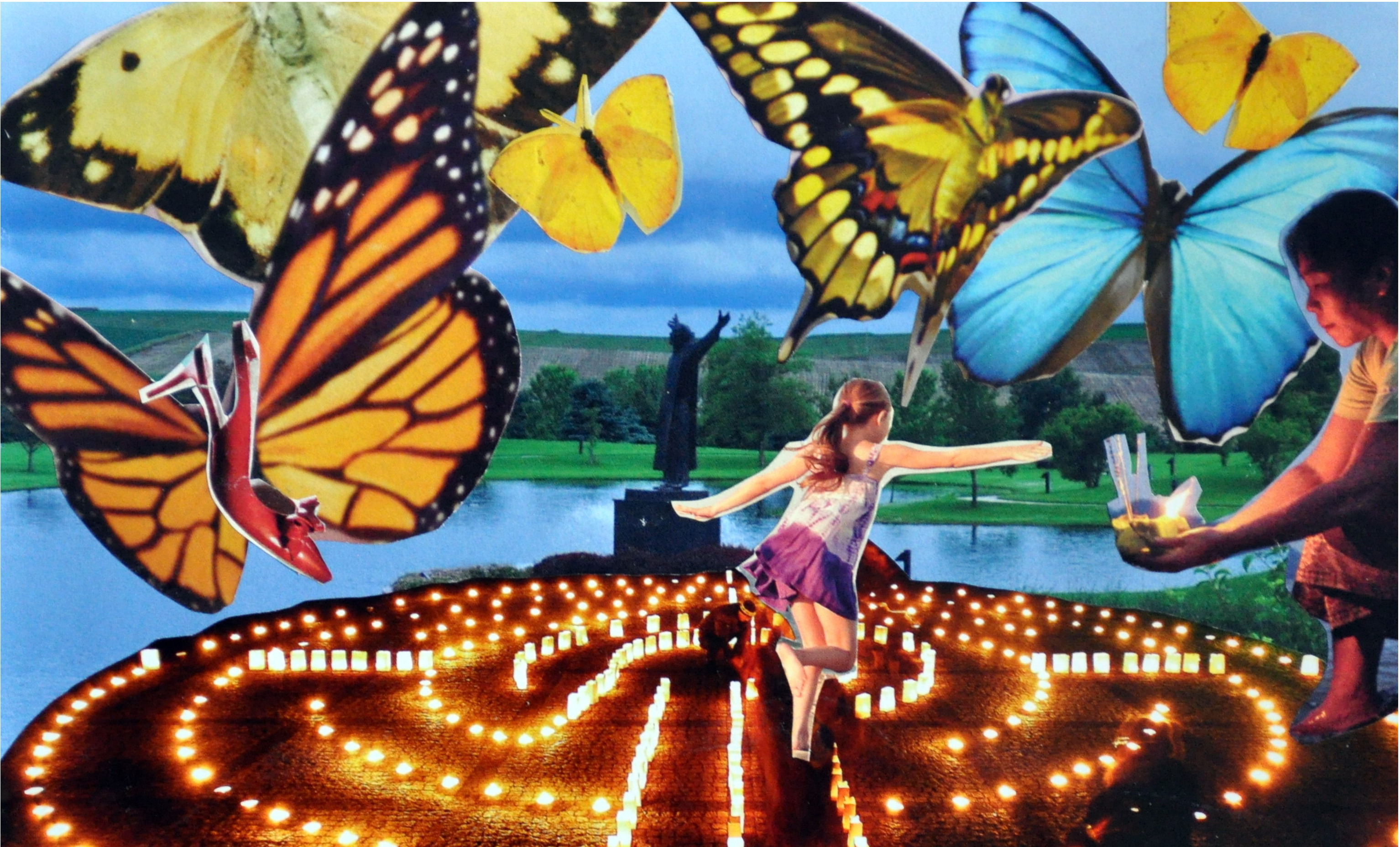The Days of Awe is a ten-day period that begins with Rosh Hashanah (Jewish New Year) and concludes with the observance of Yom Kippur (Day of Atonement). I learned about this Jewish tradition that dates back to the third century BCE from my sister-in-law, Rachel Pred Gehr.

Rachel wrote about celebrating Rosh Hashanah several years ago on her blog, and it continues to make an impression on my own spirituality (I thought she wrote it just last year—lol, time flies.) I was touched by the ritual of “tashlich” that she described—“the congregation gathers at the creek for a ritual of tossing our sins into the moving stream, signaling a fresh start to the new year.”
She quotes, “The custom of going to a body of water on Rosh Hashanah is a symbolic allusion, for the waters which now seem to be at this place were not here before and will not remain afterward. So, if the sinner says to himself or herself: “I will not repeat my sin; my behavior will change”, the sin, like the waters, will move on.” (A Feminist Tashlich, Rachel Kasten) Our sins are washed away….sounds familiar, doesn’t it?

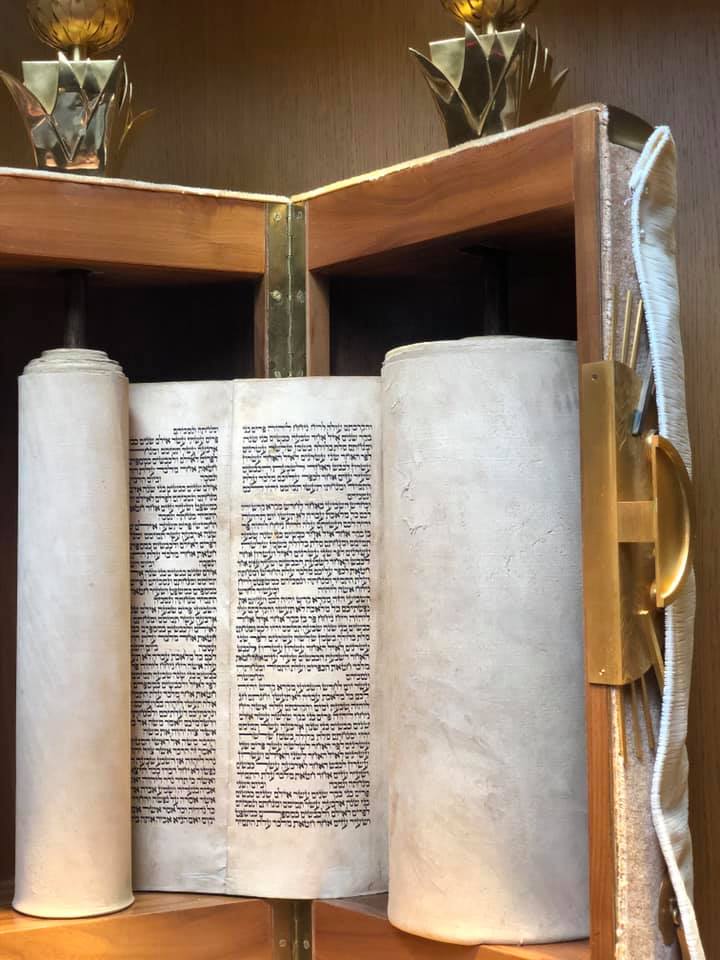
Most of what I know about the Jewish faith I learned in patchwork fashion—from a few friends, “The World’s Religions” by Huston Smith and Google. In elementary school, I had a friend who invited me to her Bat Mitzvah, a ceremony she explained as similar to Confirmation in the Christian church. But it seemed a lot different to this 12-year-old Catholic girl—it spanned two days, a lot of prayers that I didn’t understand, the carrying of a large package through the sanctuary and ending at a party with the fanciest finger food I’d ever eaten.

I am grateful for that early introduction, though, even if I didn’t understand much. It provided me with a foundation of acceptance and a desire to learn more about all faiths…and a realization that wisdom and truth are found in all faith traditions.
Recently my Spirit Circle and I had the opportunity to visit the Tri-Faith Initiative, a sacred space that brings together a synagogue, church, mosque, and interfaith center on one 38-acre campus in Omaha. The Tri-Faith Initiative started over 20 years ago with a vision to encourage relationships in the three Abrahamic faith groups—Jewish, Christian, and Islamic faiths. But it is just in the last year that Temple Israel, Countryside Community Church (UCC), and The American Muslim Institute, opened their new buildings, all connected by bridges and within view of each other.

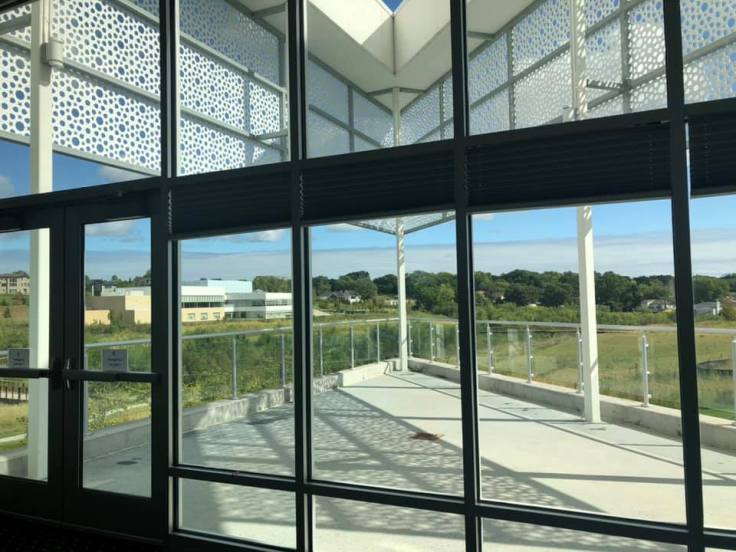

It was a profound experience to see all of the prayer centers, but I was most impacted by the temple. Since childhood, I have had a chance to experience and learn more about Judaism. The Bat and Bar Mitzvahs of my niece and nephew, Alice and Mike, were special religious experiences that go beyond the boundaries of the faith I grew up in. Perhaps my fascination with Jewish tradition is because it feels new(ish) to me, but I find it peculiar that Christianity, a religion rooted in Judaism, doesn’t continue to celebrate many Jewish rituals and holidays including The Days of Awe. For 2400 years, Jewish people, likely Jesus too, have reflected on their past year and repented for their sins with a spirit of beginning again.
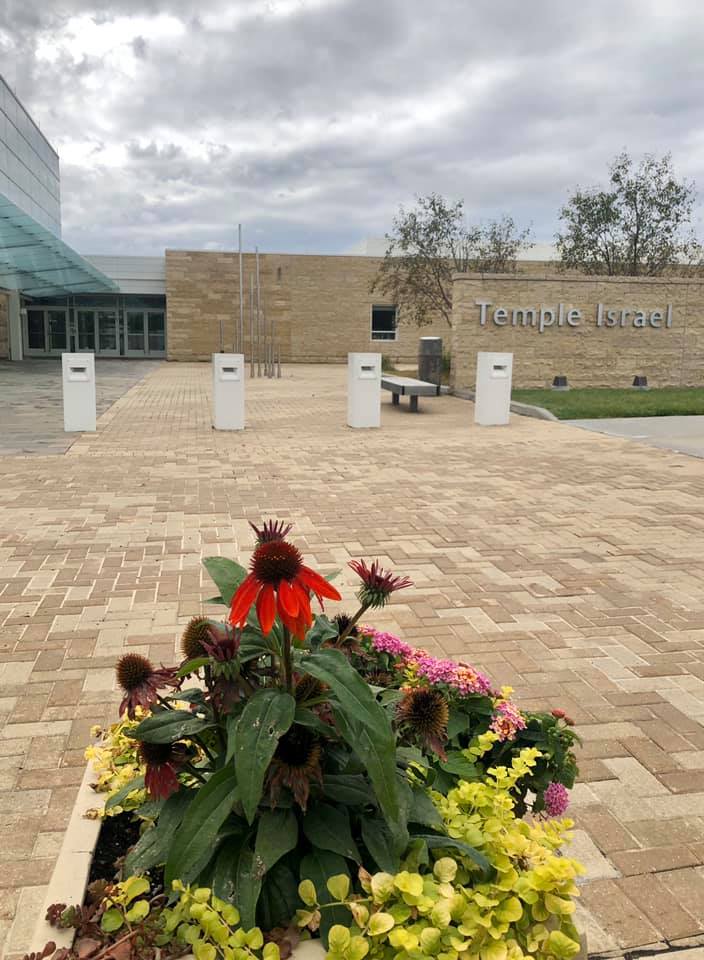
Rachel continues in her post, “And with the new year comes reflection on the past year, and commitments to improve ourselves and the community and the ripple effect continues…whether you celebrate Rosh Hashanah or not – a year can start any time.”
The essence of making resolutions at the new year, whether one follows the Gregorian or Jewish calendar, is that we desperately seek the chance to “do-over.” Celebrating the beginning of a new year is a reminder of our opportunity to “always begin again”—the embodiment of Being Benedictine. It’s not as simple as a “do-over” but Rosh Hashanah or New Year’s Day gives us a definitive time and space to honor our deepest longing to begin again. As St. Benedict proclaimed, “Always we begin again.”
These next days, no matter your faith tradition, can be a time for reflecting on the past, making amends and setting intentions for a hopeful future.
These next days, I shall get me to a river, practice some forgiveness of self and others….and begin again.


A lovely prayer to use for washing those “sins” away:
Here I am again
ready to let go of my mistakes.
Help me to release myself
from all the ways I’ve missed the mark.
Help me to stop carrying
the karmic baggage of my poor choices.
As I cast this bread upon the waters
lift my troubles off my shoulders.
Help me to know that last year is over,
washed away like crumbs in the current.
Open my heart to blessing and gratitude.
Renew my soul as the dew renews the grasses.
– Rabbi Rachel Barenblat
See Rachel’s full post here. And another one about “tashlich” here.
A few of my posts on beginning again—
Begin Again: New and Improved!
Always, we begin again.
All photos taken at Tri-Faith Initiative. 












